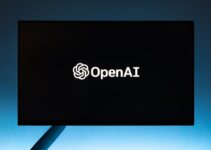In the world that has rapidly welcomed AI into its core functioning, there’s a growing curiosity about the ethical aspects pertaining to the development and usage of this seemingly revolutionary technology. AI, playing an increasingly prominent role in our technologically advanced society, has its influence extended far beyond simple digital interfaces; it interweaves with everyday life, including commerce, healthcare, governance, and beyond. Along with this broad-sweeping integration, we’re seeing complex ethical, moral, and regulatory challenges coming to light. The questions of transparency, accountability, potential misuse, and bias in AI demand serious contemplation. Also amplified are the pressing concerns about privacy and security in an era where copious amounts of personal data are often required for AI functionality. It becomes evident that the control measures and regulations of AI, both current and future, merit a comprehensive exploration.
Understanding AI: Its Creation and Usage
Understanding AI: Its Creation and Usage
Artificial Intelligence (AI) can be defined as the ability of a machine or computer program to think and learn, imitating human behavior and capabilities. It ranges from self-driving cars and drones to voice-controlled assistants like Siri and Alexa. The creation and usage of AI is a complex process that involves numerous core components.
The creation of AI includes problem-solving, learning, planning, speech recognition, among other capabilities, all driven by programming algorithms. Deep learning, a branch of AI, is a method that approximates the human brain’s creative thinking patterns. Through programming, reinforcement, and machine learning, AI can just as easily play chess, diagnose diseases, or understand the human language.
AI does not have consciousness or feelings and operates based on the provided data and commands. It can only make decisions based on the data given, structured by parameters established by human developers. Therefore, the functionality of AI is determined by programmers and the data they inhibit it with.
The applications of AI are broad, merging deeper into our everyday lives. From the recommended songs on your music playlist to your social media news feed, AI has an intricate role in a multitude of services, platforms, and industries.
A Brief on AI Ethics
As artificial intelligence (AI) continues to evolve, it ushers in a range of ethical dilemmas. The ethical facets of AI encompass transparency, privacy, bias, autonomy, decision-making ability, and its potential impact on job markets.
Transparency in AI refers to the comprehensibility of AI’s decision-making process. Unfortunately, this process often hides behind the intricacies of deep learning algorithms, creating what is known as a ‘black box’ effect. This opacity in AI’s reasoning elicits severe concerns on the ethical front- specifically in areas of accountability and responsibility.
Privacy stands as another major ethical concern surrounding AI. Given that AI systems collect and process extensive sets of data, increasing amounts of personal and sensitive information are at stake. Therefore, the protocols of how this data is utilized, stored, and safeguarded bear significant ethical implications.
Moreover, bias in AI systems is a problem directly linked to the data these systems are trained on. Biased data can lead to biased AI, which can perpetuate and even amplify these biases, influencing decisions in areas as diverse as job hiring and law enforcement.
Raising alarms is the decision-making capacity of AI. In many cases, AI systems make decisions with zero human intervention, which raises ethical concerns in life-threatening situations, such as an autonomous vehicle facing a potential collision.
Furthermore, the potential job disruptions caused by increased automation is a significant aspect of AI ethics. Industries like manufacturing and transportation have already felt the impact.
In conclusion, obtaining a well-rounded understanding of AI and its ethical dilemmas necessitates grasping its design, applications, and the moral questions it raises. Although AI provides significant potential advantages, tackling the critical ethical issues it presents is equally important and will require significant efforts and discussions involving policymakers, developers, and the general public.

Debating AI’s Moral and Ethical Implications
Digging Deeper Into AI’s Ethical Dilemmas
Artificial intelligence, whirling at a rapid pace, has applications that touch from simplifying our daily routines to performing intricate tasks in industries like healthcare, transportation, and law enforcement. Despite AI’s enormous potential to facilitate progress and innovation, it concurrently brings forward considerable ethical dilemmas. These dilemmas, which comprise transparency, accountability, and potential misuse, add another layer of complexity to the adoption and regulation of AI.
Transparency: Knowing how AI Makes Decisions
Transparency refers to the clarity with which AI’s decision-making processes are understood. Traditional algorithms are data in, answer out, but AI uses learning algorithms, turning this on its head. It’s virtually impossible to determine exactly why and how an AI system arrived at a specific decision due to the ‘black box’ nature of its operations.
The European Union has proposed regulations that would require companies to provide an easily understandable explanation for AI decisions. On the flip side, some technologists argue that demanding complete transparency may hinder AI’s capabilities, as simplifying complex computations into digestible explanations could result in misinformation or over-simplification.
Accountability: Who is Responsible when AI Fails?
Accountability is a major factor to consider in AI’s ethical framework. If an AI system makes a mistake that leads to harm or damage, who should bear the liability? Is it the developer, the user, or the entity that owns the data? Should the robots themselves be held accountable? The answers to these questions are not straightforward and vary widely based on who you ask.
For example, in 2018, a self-driving Uber car killed a pedestrian in Arizona. Essentially, the car’s AI system failed to correctly identify the pedestrian and subsequently did not brake in time. In this case, who should be held accountable is still a contentious issue. A lack of clear-cut legislation further amplifies these ethical complications.
Misuse: The Dark Side of AI
AI’s potential for misuse is another important consideration. AI has the potential to revolutionize warfare, enabling the development of autonomous weapons that think and decide independently. Critics warn these weapons could violate international humanitarian law and pose unspeakable risks if they fall into the wrong hands, leading to concerns about an AI arms race.
Furthermore, AI tools and technologies can be exploited to create deepfakes, synthetic media where an individual’s appearance or voice is replaced with that of another. These deceptive techniques could be used maliciously, threatening personal privacy, enabling identity theft, and spreading disinformation.
In order to responsibly handle the evolution of Artificial Intelligence (AI), it is vital to focus on the ethical implications it brings along. As we strive to expand the horizons of AI technology, it becomes all the more important to face these ethical conundrums. By doing so, we ensure that this promising technology caters to humanity’s requirements while abating the potential risks associated with it.
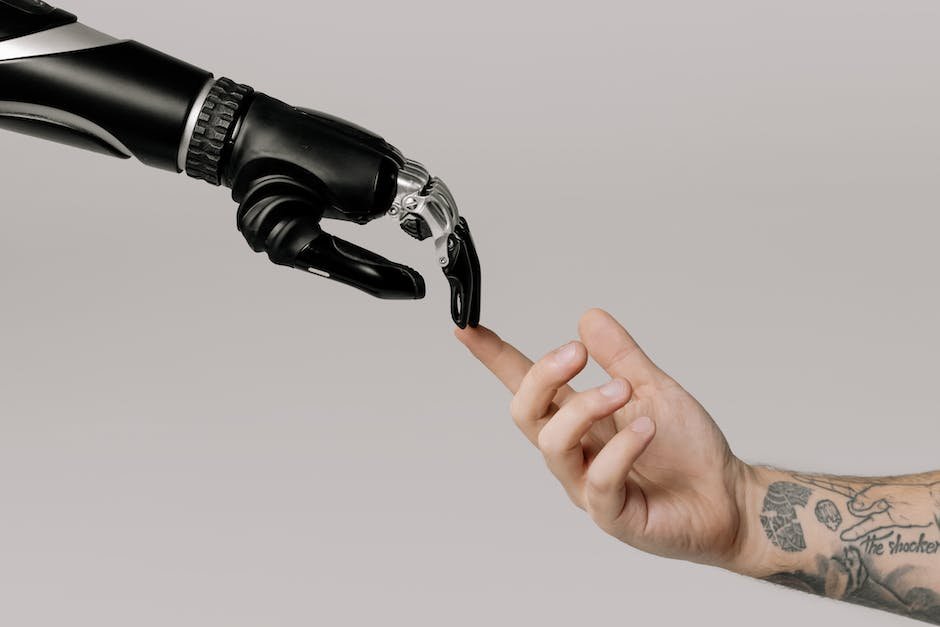
AI Bias and Discrimination
Navigating the Issue of Inherent Bias and Discrimination in AI
The rapid progression of Artificial Intelligence (AI) and Machine Learning (ML) technologies has begun to significantly impact diverse areas of our lives. This includes everything from the workings of social media algorithms and online advertising, to job recruitment strategies, credit rating evaluations, and decisions involved in the justice system. Despite the extensive influence of AI, it’s important to acknowledge the ethical implications that come with it, especially in terms of bias and discrimination.
These technologies have the task of learning from data, predicting patterns, and making automatic decisions. That being said, if the data they learn from reflects existing societal biases and prejudices, there’s a risk that AI systems will unwittingly mirror or even amplify these issues. This unintentional reproduction of biases in AI can inadvertently deepen pre-existing inequalities and cause discrimination.
Real-Life Cases of AI Bias
One high-profile example of AI bias involves Amazon. The company had developed an AI-based system to streamline its hiring process. Unfortunately, because the system was trained on resumes submitted to the company over a ten-year period, which predominantly came from males, the system taught itself that male candidates were preferable. It penalized resumes that included the word “women’s,” as in “women’s chess club captain” and even downgraded graduates of two all-women’s colleges, leading to a biased recruitment process against women.
In another instance, the COMPAS risk assessment tool, an AI system used by courts in the U.S. to predict defendants’ likelihood of reoffending, was found to be biased against African American defendants. A ProPublica investigation discovered that the system falsely flagged these defendants as future criminals at nearly twice the rate of white defendants.
Combatting AI Bias and Discrimination
Acknowledging and addressing AI bias is crucial in ensuring that the deployment of these technologies does not inadvertently exacerbate societal inequalities. There are several measures being explored and implemented to prevent such occurrences.
For instance, initiatives like the Algorithmic Justice League, founded by AI researcher Joy Buolamwini, aim to raise awareness about AI bias and work towards more equitable and accountable AI. They advocate for rigorous audits of AI systems, transparency in AI decision-making, and diverse representation in the tech industry.
More technical measures to combat AI bias include the use of more representative and balanced datasets, enhancing transparency through explainable AI, and careful algorithmic design. AI should be trained on data that is representative of all segments of society and tested regularly for neutrality.
Furthermore, the concept of algorithmic fairness has been proposed, stipulating that AI systems should ensure fairness in their predictions. They should not unjustly privilege or disadvantage any group based on their demographic characteristics, such as race, gender, or age.
It’s vital to remember that while AI has the potential to automate and streamline processes, human oversight and intervention is critical. A cultured, informed approach to AI can help balance the scale between the practical benefits of AI and the need to prevent and eliminate bias within these systems.
Beginning with the Basics
The ethics of AI, primarily focusing on potential bias and discrimination, have become a vital subject for us to consider and evaluate. As technological landscapes transform with AI innovations, our mission as a society must be to maintain vigilance. This ensures the purpose of these tools is centred around fostering societal advancement and equality, rather than promoting existing prejudices and societal imbalances.
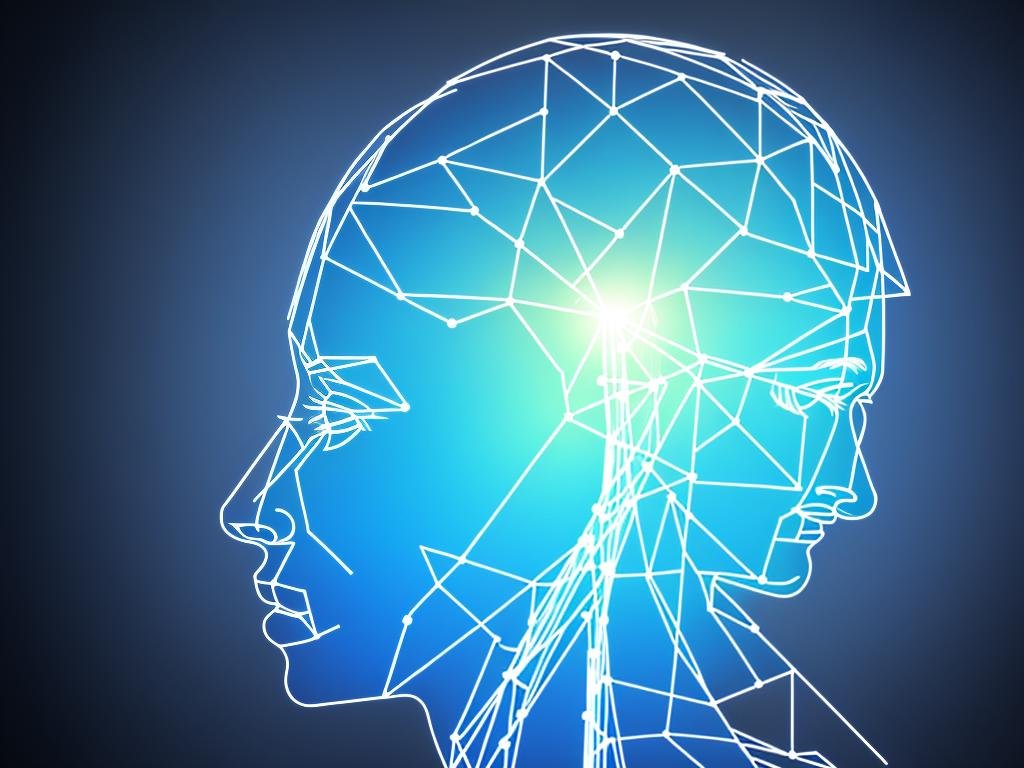
Privacy and Security issues in AI
Diving Deeper: AI and Privacy Matters
The revolutionary presence of Artificial Intelligence (AI) is felt in numerous societal sectors, from predictive modeling and data analysis to automated solutions and digital assistance. Yet, it simultaneously unfolds a multitude of questions pertinent to the individual’s privacy. In essence, AI systems are powered by data, frequently personal and sensitive details. Its collection, usage, and storage can potentially breach privacy rights.
AI tools like facial recognition software, machine learning algorithms, and predictive analytics are equipped to analyze extensive data volumes to identify patterns or provide insights. The nature of data can vary from personal credentials like names, addresses, and social security numbers to more nuanced details such as online behavior, shopping preferences, and even psychological profiling.
The exponential growth trajectory of AI places several privacy issues under broad daylight. Of these, the involuntary data collection and storage without the individual’s full consent is predominant. The complexity and ambiguous nature of AI systems often make it challenging for individuals to understanding the whole data lifecycle – its collection, storage, usage, and distribution – thereby becoming a significant privacy concern.
Furthermore, AI technologies can inadvertently disclose sensitive data. This could include racial or ethnic background, political views, religious or philosophic leanings, or information related to health or sexuality. Such leaks could lead to potential misuse, resulting in discrimination and infringement of privacy rights.
Cybersecurity Risks in Artificial Intelligence
While AI has been used to boost security measures, it also has potential weaknesses that could be exploited. Cybersecurity threats are heightened by the hyper-connectivity of AI systems. A security breach in an AI-powered system can lead to widespread leakage of sensitive data.
Moreover, as AI systems get better at mimicking human behavior and understanding natural language processing, it can increase the risk of more sophisticated cyber-attacks, such as AI-powered phishing, deepfakes, and automated hacking attempts. These advanced cyber-attacks could lead to significant violations of individual and corporate privacy and security.
A Look at the Ethics and Ensuring Privacy and Security in AI
AI technologies create significant privacy and security challenges, necessitating the establishment of ethical guidelines to govern their usage and development. One way to protect individuals’ privacy rights is through privacy by design, which factors in maintaining privacy right from the early design phases and throughout the development process of new products, services or technologies.
To tackle this, there is a need for a regulatory structure adopted by both policymakers and organizations, outlining protocols on data collection, processing, and storage. The General Data Protection Regulation (GDPR), implemented by the European Union, provides an ideal model for such legislation.
In addition to this, organizations should ensure good cyber hygiene practices are maintained, including consistent software updates, the use of robust data protection encryption, training employees to identify potential security threats, and routine audits to discern and fix possible weaknesses.
Governments play a key role in reducing these risks, primarily through the imposition of laws that regulate AI technologies to ensure transparency, accountability, and justice. Public campaigns to educate citizens on their digital rights and data protection methods immensely help in this endeavor.
In a nutshell, while AI brings significant advantages, it is crucial to recognize and mollify its associated privacy risks. This can be achieved by melding robust policy frameworks with progressive design principles, thereby protecting individuals from potential vulnerabilities while still reaping the rewards of AI.

Regulation of AI: Current Scenarios and Future Prospects
The Landscape of AI Regulation: A Current Overview
Artificial Intelligence (AI) has left an indelible mark on various sectors like healthcare, transportation, entertainment, and retail. Despite its transformative applications, the risk of misuse or unanticipated consequences impacting individual rights, fairness, transparency, and accountability cannot be undermined. This has led to a call for effective policy and regulatory measures.
At present, the United States doesn’t have any comprehensive federal laws specifically focusing on AI, though several bills are under consideration. Regardless, the Federal Trade Commission (FTC) has made it clear that the Fair Credit Reporting Act (FCRA), the Federal Trade Commission Act (FTC Act), and the Equal Credit Opportunity Act (ECOA) would encompass any use of AI.
On a global front, in April 2021, the European Union (EU) ushered in the first broad legal framework for AI. This proposed framework sets forth a method for assessing AI risk, proscribes AI surveillance, and stipulates fines for nonadherence.
Additionally, Canada has adopted a principles-based approach to AI, emphasizing transparency, control, and validity. Meanwhile, China has focused on establishing standard systems for AI and has released principles highlighting AI ethics and its development and usage.
Potential Approaches to The Regulation of AI
The challenge of regulating AI revolves around managing its benefits and risks without stifling innovation. Various possibilities are on the table.
For one, principles-based regulations similar to Canada’s approach can be implemented, where guidelines are set and AI developers and users are given the freedom to apply them as necessary. This is flexible but may lead to inconsistent interpretations.
Another approach focuses on sector-specific regulation, where laws are passed for certain highly sensitive sectors (e.g., health, finance). This caters to the unique characteristics of different sectors but may overlook cross-sectoral AI applications.
A hybrid approach could combine nationwide principles with specific sector legislation. That said, a challenge to all approaches lies in defining AI adequately and inclusively, given its rapidly evolving nature.
The Future Directions for AI Regulation
In the future, regulatory frameworks for AI will undoubtedly evolve as understanding of AI grows and societal norms change. This evolution will involve constant negotiation between different stakeholders including governments, AI developers, users, and the wider society.
In terms of global trends, more countries are likely to advance their AI regulation. Collaboration between nations can lead to standardization and harmonization of AI rules, benefiting companies operating across borders.
As part of future directions, educating citizens about AI and its implications is crucial. Moreover, creating mechanisms for public involvement in AI governance could be a significant step towards democratic decision-making in AI regulation.
Ensuring strict compliance with ethical guidelines and legal regulations in AI development will be essential to avoid misuse and ensure public trust in these technologies. Furthermore, regulations have to allow recourse for those adversely affected by AI systems.
Conclusion
With AI’s rapidly expanding role, the design and implementation of AI regulations are clearly not just technical issues, but also vital socio-political tasks that require broad, collaborative, and forward-thinking efforts. Balancing the promotion of AI innovation with the protection of public interests will continue to be a challenging yet essential journey.
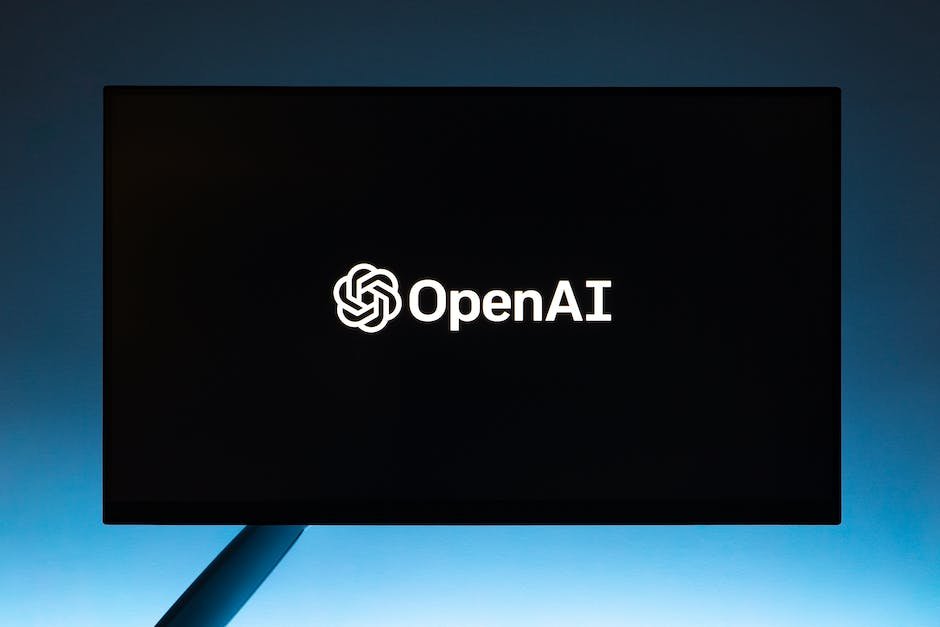
Possible Solutions: Ethics by Design
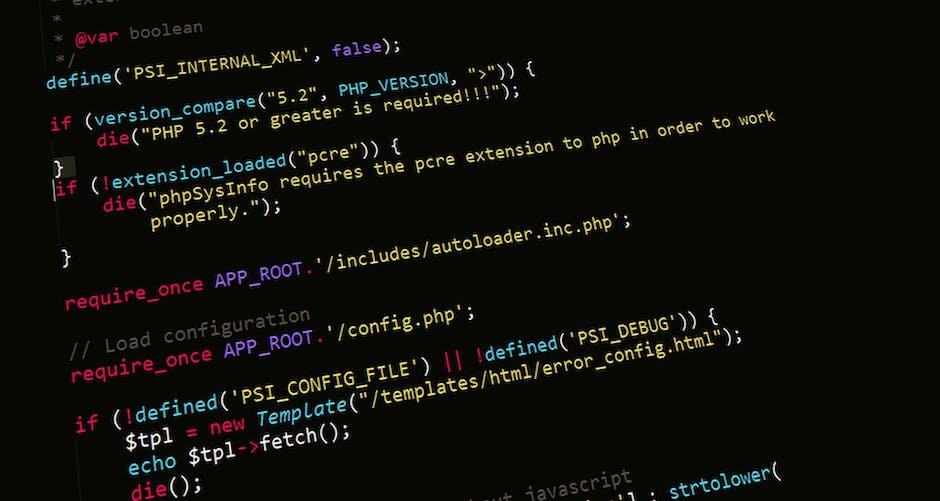
As we step deeper into this fascinating yet complex Era of AI, it is discernible that the answer to many ethical dilemmas may lie in a ‘Ethics by Design’ approach. This innovative notion centers on integrating ethical considerations right from the conceptualization and creation of AI systems, shaping not just the technology but also its broader implications for society. Through various initiatives such as promoting algorithmic transparency, forming ethics committees, and engaging in careful AI training, this approach has the potential to steer the technology in a manner that aligns with human needs and established ethical principles. As the journey with AI advances, only a conscientious integration of innovation and ethics can build a mutually beneficial future for both artificial intelligence and humanity at large.

